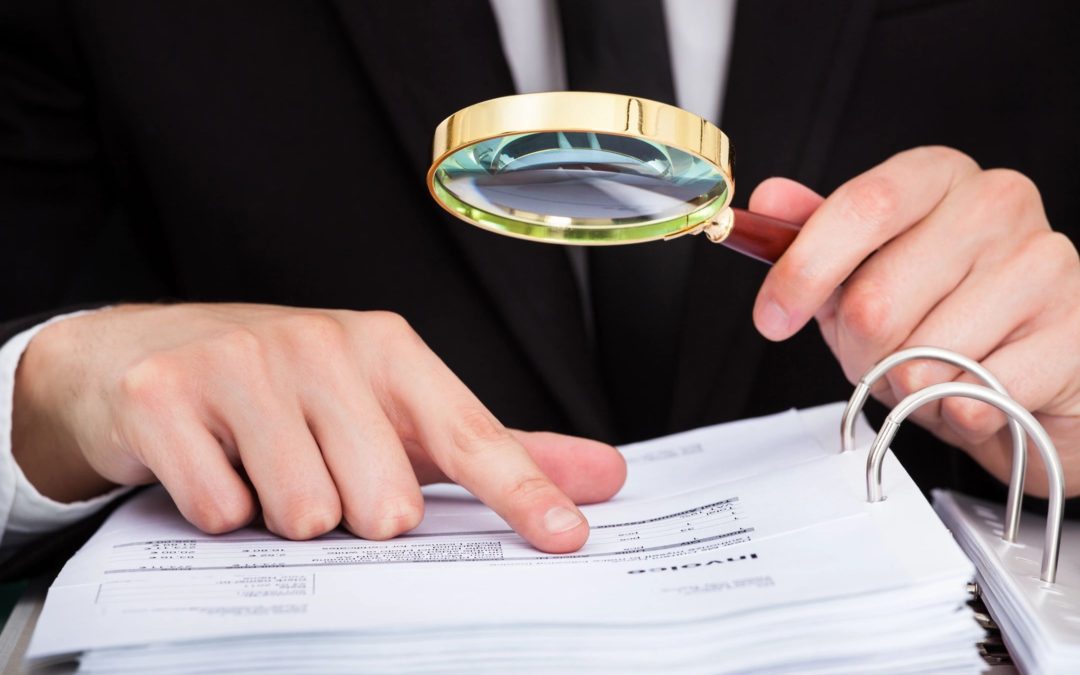By: Kenneth Luchesi
In a split decision that drew separate opinions from each of the panel members, the Federal Circuit recently affirmed the PTAB’s decision to enter an adverse judgment against a patentee, even though the patentee had properly disclaimed all of the challenged claims prior to institution, and had specifically requested that the Board not enter an adverse judgment. Arthrex, Inc. v. Smith & Nephew, Inc., No. 2017-1239 (Fed. Cir. Jan. 24, 2018).
The decision stems from an IPR filed by Smith & Nephew, Inc. and Arthrocare Corp., challenging certain claims of a patent owned by Arthrex, Inc. Prior to the institution decision, Arthrex disclaimed all of the challenged claims under 37 C.F.R. § 42.107(e), thus dedicating those claims to the public. Arthrex then filed a preliminary response, arguing that no trial should be instituted because there were no claims remaining to be challenged. In its response, Arthrex also stated specifically that it was not requesting an adverse judgment. This statement was intended to address 37 C.F.R. § 42.73(b), which states that the “disclaimer of a claim such that the party has no remaining claim in the trial” may be construed to be a request for adverse judgment. An adverse judgment, in turn, triggers an estoppel under 37 C.F.R. § 42.73(d)(3)(i), which precludes a patent owner “from taking action inconsistent with the adverse judgment, including obtaining in any patent . . . [a] claim that is not patentably distinct from a finally refused or canceled claim.” Arthrex sought to avoid this estoppel because, at the time, it had two pending continuation applications, and later filed another.
Despite the request, the Board entered an adverse judgment, finding that the rules permitted the Board to construe the disclaimer as a request for adverse judgment even though Arthrex requested otherwise, and even though the Board had not yet instituted a trial. Arthrex appealed. The Federal Circuit was presented with two questions: First, whether the adverse judgment was appealable; and second, whether the Board properly entered the adverse judgment.
With respect to the first question, the court held that 28 U.S.C. § 1295 provides a right to appeal a final adverse judgment. With respect to the second question, the court affirmed the Board’s entry of an adverse judgment. First addressing Arthrex’s specific request that the Board not enter adverse judgment, the majority opinion (written by Judge Dyk) held that application of the rule does not turn on the patentee’s characterization of its own request, noting that such a construction “would make no sense” and would render the rule—which permits the Board to construe the disclaimer as a request for adverse judgment—a nullity.
The court next addressed Arthrex’s second argument that, because the rule refers to the cancellation of claims such that there is “no remaining claim in the trial,” the rule only applies if a trial has been instituted. The court rejected this argument as well, noting that the rule states that a patent owner may request an adverse judgment at any time during a “proceeding,” and a proceeding begins with the filing of a petition. The court further noted that the language in the subsection relating to remaining claims “in the trial” could properly be interpreted to mean that there is no claim remaining for trial, which would occur when all of the challenged claims have been cancelled. The court also stated that the fact that other provisions of 37 C.F.R. § 42.73(b) do not expressly turn on whether an IPR proceeding has been instituted further supports the view that the particular subsection at issue is also not so limited.
Judge O’Malley concurred with the Board’s interpretation of the rule, noting that it was consistent with the text of the regulation. She wrote separately, however, to express doubt as to whether the USPTO had the authority to issue the regulation in the first place; and if so, whether it was properly promulgated. Judge Newman dissented, noting that the language “in the trial” in subsection 2 of the rule plainly means after institution. Judge Newman noted, as did the majority, that this language does not appear in the other subsections of the rule. However, in contrast to the majority, she argued that this language provides a critical distinction from the other subsections, and clearly evidences an intent to specifically limit subsection 2 to only instances where a trial has been instituted. Judge Newman also pointed out that the majority’s opinion conflicts with a precedential PTAB ruling that held that disclaimed claims “must be treated as if they never existed.” The dissension among the judges suggests that this issue may not be entirely settled.
Kenneth Luchesi
Latest posts by Kenneth Luchesi (see all)
- PTAB Denies Parallel IPR Petition - March 13, 2024
- Legislation: Will the Post-Grant Procedures Established by the AIA PREVAIL? - August 28, 2023
- PTAB Rules Certificate of Correction is Not Retroactive in IPR - February 21, 2020

